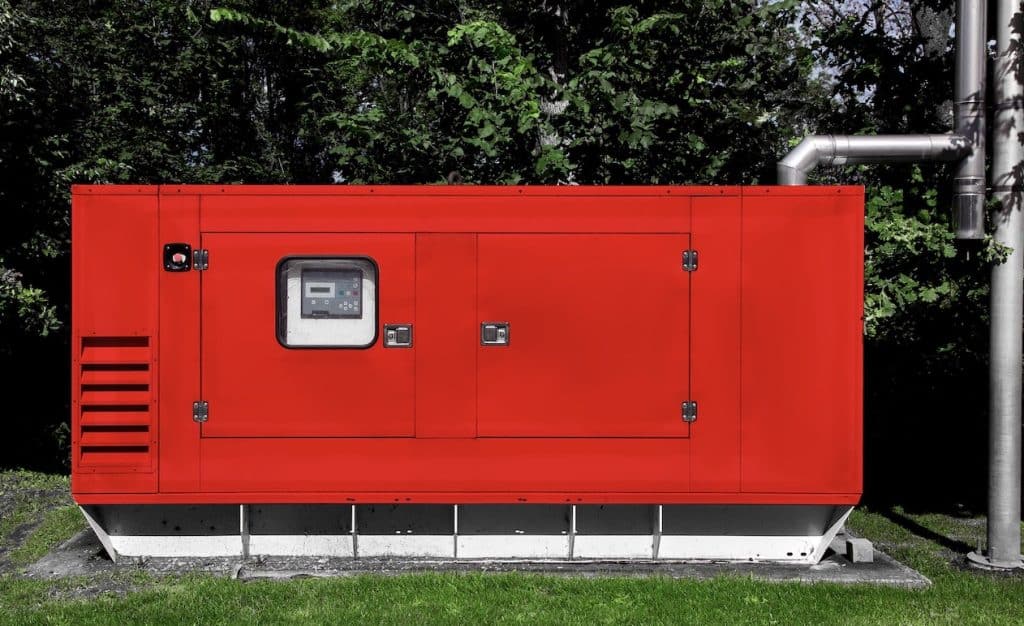
Generators are essential for providing power backup and continuous electricity in various settings. Two common types of generators, standby and prime generators, serve different purposes and are equipped with different features to meet specific needs.
Standby Generators:
Standby generators are designed to provide backup power during utility outages. They are commonly used in homes, businesses, and industrial facilities to ensure uninterrupted power supply during emergencies. Standby generators are typically connected to the main electrical system and can automatically start when the main power supply fails. They are designed for intermittent use and may have limited running hours or duty cycles.
Prime Generators:
Prime generators, on the other hand, are designed for continuous operation as a primary source of power. They are often used in remote locations, construction sites, and off-grid applications where access to the main power grid is not available or reliable. Prime generators are built to run for extended periods and can handle varying loads without the need for frequent maintenance or refueling.
Key Differences:
- Intended Use: Standby generators are for backup power during outages, while prime generators are for continuous or primary power generation.
- Design: Standby generators are designed for intermittent use and may have limited running hours. Prime generators are built for long-term, continuous operation.
- Alternator: The alternators used in standby generators are designed for intermittent use and may have lower insulation classes and cooling capabilities. Alternators in prime generators are designed for continuous operation and are more robust in terms of insulation, cooling, and materials used.
Understanding the differences between standby and prime generators is crucial in selecting the right generator for your needs. Whether you need backup power for emergencies or a continuous power supply for remote locations, choosing the right generator can ensure reliable and uninterrupted power supply.
